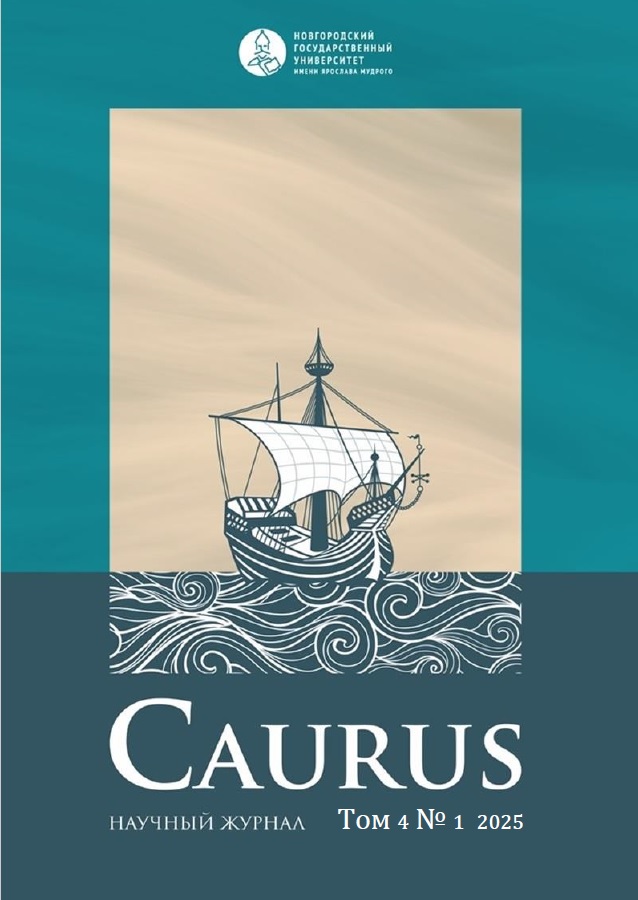At the crossroads of politics: Janusz Radziwiłł and the union of Kėdainiai vs Sweden of 1655
DOI:
https://doi.org/10.34680/Caurus-2025-4(1)-37-45Keywords:
the Swedish Deluge, the Grand Duchy of Lithuania, the Russian state, the Polish-Lithuanian Commonwealth, the union of Kėdainiai, war, diplomacyAbstract
In this article we bring in focus the position and actions of one of the most controversial politicians of the Polish-Lithuanian Commonwealth, the Grand Hetman of Lithuania Janusz Radziwiłł, during the signing of the Union of Kaidai between Sweden and the Grand Duchy of Lithuania in 1655. Based on the analysis of events, the author comes to the conclusion that internal and external factors had a practically equal impact on the behavior of magnates and gentry in the part of the Grand Duchy of Lithuania captured by the Swede. Janusz Radziwiłł acted in accordance with the traditional aspirations of the Grand Duchy of Lithuania’s elite for equality with the Polish nobility and the preservation of their privileges. Confronted with a challenging international situation marked by the Polish-Lithuanian Commonwealth’s military conflicts with Sweden and Muscovy, he faced a difficult dilemma in choosing a political course. This talented politician and leader defended his political and religious values, but his unbridled ambitions and explosive character pushed him to controversial actions Had the Kėdainiai Union actually come into force, it would have annulled one of the greatest state formations and achievements in international law in early modern European history – the Polish-Lithuanian Union. This act was illegal from the standpoint of the legal norms in force in the Polish-Lithuanian Commonwealth, as it was concluded without the knowledge or consent of the Polish Sejm. This was understood by those Lithuanian magnates and subjects who opposed the Union of Kaidai. Amid the crisis in the Polish-Lithuanian Commonwealth and the upheaval of the Swedish Deluge, the Lithuanian elite’s long-standing aspiration for equal rights with the Polish Crown became more pronounced. This aspiration was reflected in their political maneuvering between the Swedish and Russian sides, shaped by the region’s confessional and economic circumstances.







